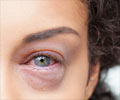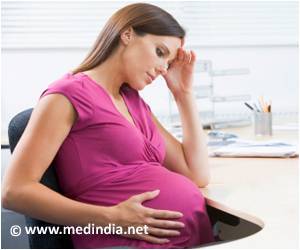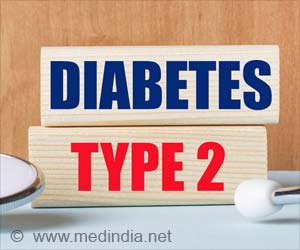Having youngsters undergo eye tests at two-and-a-half years of age can help predict vision problems when they're 10 years old.
Having youngsters undergo eye tests at two-and-a-half years of age can help predict vision problems when they're 10 years old, according to a report by Swedish researchers.
Previous research has shown that refractive errors are a common occurrence in children who are born preterm than in full-term children.Researchers at Uppsala University Hospital checked for refractive errors in 198 preterm children at 6 months, 2.5 years, and 10 years of age. The development of astigmatism and anisometropia were assessed in these children. Another condition, retinopathy of prematurity (ROP) is a condition where there is abnormal development of blood vessels in the retina.
The results of the research have been reported in the November issue of Archives of Ophthalmology which revealed 108 children with astigmatism at 6 months, 54 at 2.5 years, and 41 at 10 years. In addition the researchers also found that 15 children had anisometropia at 6 months, 17 at 2.5 years, and 16 at age 10.
The study authors wrote, 'The presence of astigmatism and anisometropia at 2.5 years of age were the strongest risk factors for having astigmatism and anisometropia at 10 years of age.'
'In this population-based study, we found that a refractive error at 2.5 years of age predicts that refractive error will also be present at 10 years of age,' the team concluded.
The researchers added, 'Recommendations for follow-up examinations must include all aspects of visual function, i.e., visual acuity, contrast sensitivity and visual fields, as well as the refraction, strabismus and perceptual problems. All preterm children should be included in such follow-up examination for refractive error, irrespective of the retinopathy of prematurity stage.'
Source-Medindia
NLA










